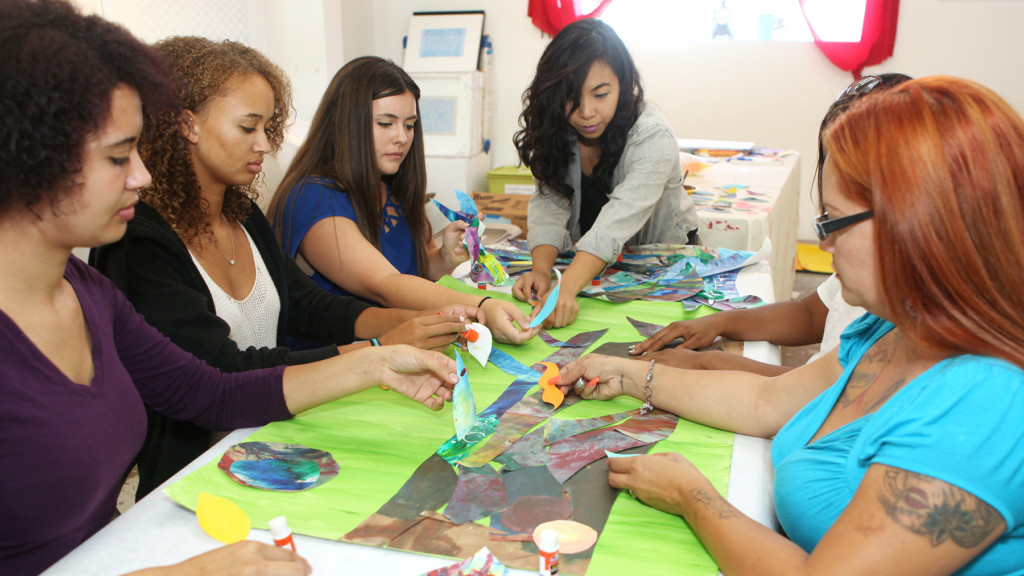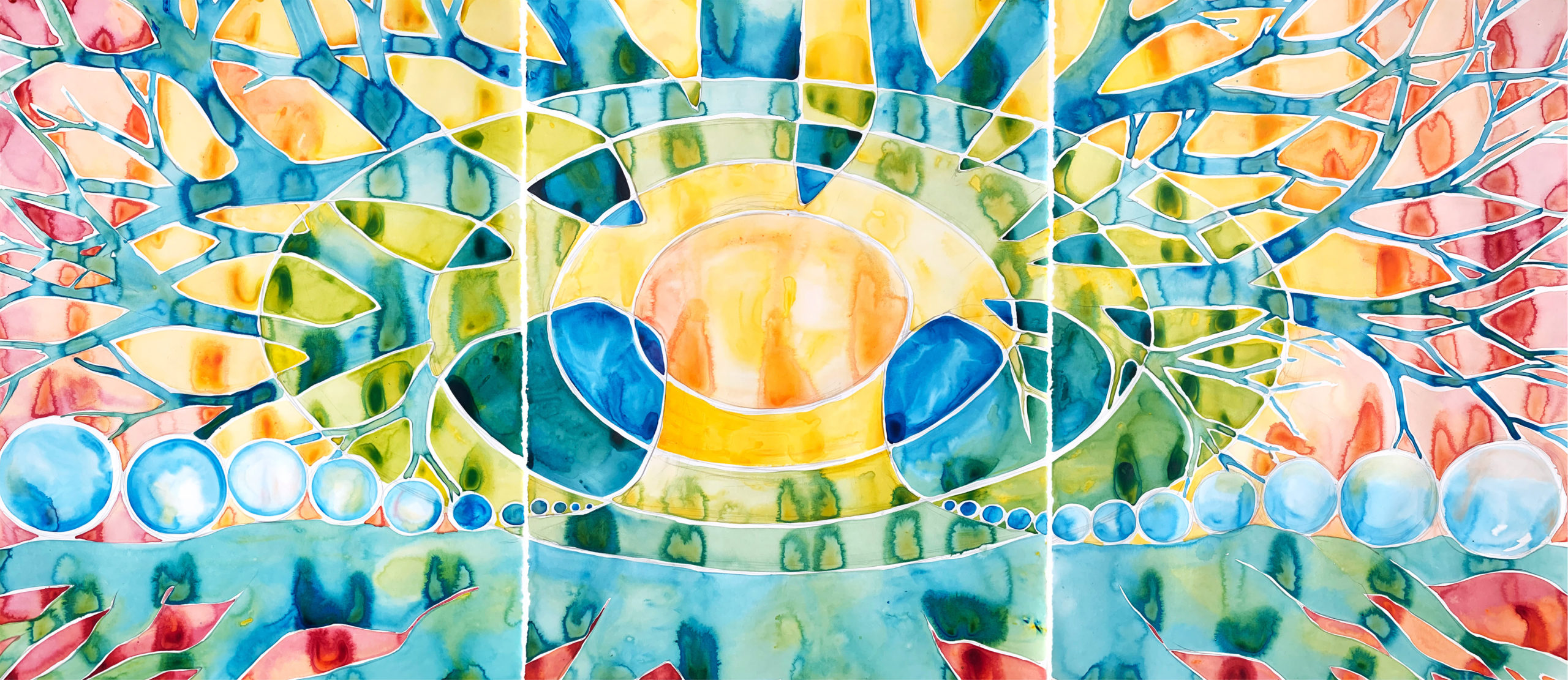by Kat Mendoza Recto, AMFT
Windows Facilitator
Long Beach, CA
When it comes to supporting individuals in their healing journey, the use of art and creativity can be a profound element. This has proven to be especially true in my work counseling folks in the LGBTQIA+ community.
LGBTQIA+ individuals face unique challenges that can have a significant impact on their mental and emotional well-being.
These challenges include discrimination, stigma, and social isolation. Counseling can be an effective way to address these issues, but it can also be challenging for clients to express themselves verbally. For clients who have experienced trauma, sometimes grounding is the necessary first step. This is where art can be especially helpful.
Pencil and paper drawing, in particular, can be an accessible and non-threatening way for clients to explore their thoughts and emotions and experience grounding and containment at the start of one-on-one work.
Like many clients who seek therapy for help integrating multiple marginalized and often emerging LGBTQIA+ identities, a recent client of mine expressed having difficulty feeling grounded or able to “settle in” to the session. We tried a few things — guided meditation, box breathing, mindfulness practice, etc. These were working well enough, but it wasn’t until I, freshly inspired from a two day Windows workshop, suggested free drawing that it finally clicked for the client. “Drawing would totally help me ground, I’m a doodler!”
And they were onto something.
In free drawing, clients are encouraged to draw whatever comes to mind, sometimes with a little nudge of a contained yet roomy prompt (we’ll look at specific prompts later). This allows for creative freedom, and the client can express themselves with curiosity and spaciousness, rather than pressure. And they can begin talking about whatever is on their mind as they draw.
The act of drawing itself can be therapeutic, allowing the vast, complex, inner emotional world to take a tangible form, during a short window of time. It also provides grounding, helping clients stay connected to the present moment, which can be particularly helpful for those who struggle with anxiety or trauma. Another therapeutic element of this process is bilateral stimulation which refers to stimulating both sides of the brain through activities such as left & right body movement or eye movement. This has been shown to be effective in processing traumatic memories and reducing the intensity of negative emotions. In drawing, clients are naturally engaging left and right eye movement, and can be additionally encouraged to draw using both hands or to alternate between different colors with each stroke. This can help stimulate both sides of the brain and aid in emotional processing.
Consistent implementation of free drawing as the client engages in regular talk therapy can help facilitate deeper processing, and can also make therapy a bit more interesting and fun! As much as working with LGBTQIA+ clients involves processing difficult feelings such as grief and anger, it is equally important to help clients process joy and euphoria associated with the experience of finally being able to safely integrate their otherwise marginalized identities. It is therapeutic for clients to experience ease and creativity when talking about gender and sexuality, and it is an important part of experiencing our authentic selves.
Some examples of drawing prompts that can be used in free drawing with LGBTQIA+ individuals include:
-
- Draw what comes to mind when you hear the word _________ . Examples I’ve used here include: “pride,” “protect trans kids,” “trans day of visibility.”
- Draw anything based on the prompt “the me they see, and the me they don’t see”
- Draw what safety and support look like
- Draw an image that represents a gender euphoric moment
The prompts don’t always have to be based on ideas or content. They can be simple technical challenges:
-
- Draw anything but use only lines
- Draw / doodle using your non-dominant hand
- Use colored pencils
- Draw an image that features a foreground and background
Drawing doesn’t always have to be included in therapy, but it’s helpful to give clients the option, especially if they’re feeling difficulty getting started. I like to invite clients to choose among a list of options for prompts. Choice and creativity are powerful tools in one-on-one counseling for LGBTQIA+ individuals, because this population often is stripped of choice and expression by various oppressive environments.
By providing a non-threatening and accessible way for clients to explore their emotions, free drawing can help clients express themselves, process their emotions, and integrate emerging LGBTQIA+ identities. If you work one-on-one with individuals, especially queer individuals, I invite you to try working in regular draw-n-talk sessions with your clients, especially those who take interest in it!
by Kat Mendoza Recto, AMFT
Windows Facilitator
Long Beach, CA
How can you use a strength within yourself to deepen your connection with others?
Explore our Windows of Connection series
Want to bring healing art programming to your community?
A Window Between Worlds (AWBW) supports hundreds of direct service organizations across the country to incorporate creative expression into their work with trauma survivors. With this blog we uplift the voices of our art workshop facilitators and participants. We invite you to take in this perspective, notice what resonates and explore how it may fit into your life.





